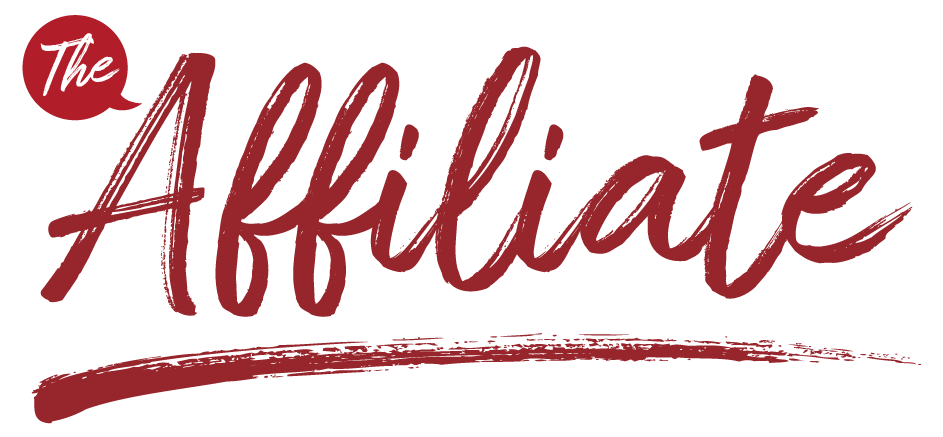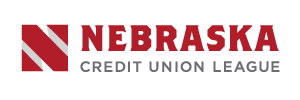Ensure your overdraft solution contributes to service improvements and future growth
By: Ron Jennings, Executive Vice President of National Sales & Alliances
As the industry settles into a new normal—complete with unique operational challenges and service expectations—it’s more important than ever to implement tools and resources that can boost your performance results. Here are some tips to help you both offer more value to your members and achieve your revenue goals.
Have a clear understanding of your options. You have choices when it comes to how you help members maintain their finances if an emergency or unexpected expense hits when they don’t have sufficient funds in their checking account. Some institutions may decide to implement an in-house overdraft solution that they maintain on their own; others may choose a product offered by their core provider; and others may opt for hands-off overdraft management products that utilize complex data matrices to assign user limits.
At the surface, these options initially may seem easy to manage, convenient or attractive. But if they don’t provide continuous program management recommendations, on-going advice to support successful results for the long-term and offer a guaranteed-compliant program, the outcomes can be disappointing for everyone.
Does your overdraft strategy communicate your program effectively to members? Are your employees empowered with confidence about its value? Are you seeing measurable improvement in your program’s performance?
Develop a reliable revenue source to support growth and service improvements. Even before the onset of COVID-19, demand for more convenient banking services was on the rise. According to a survey by TransUnion, 61% of all consumer online banking transactions in 2019 were conducted on mobile phones—up from 28% in 2014. Changes in behavior brought on by the virus have expanded reliance on mobility even more as 35% of respondents to a Deloitte study indicated they have increased their usage of digital channels since the pandemic began.
From a competitive standpoint, investments in digital banking and mobile capabilities can boost an institution’s viability in the marketplace. Other service improvements—like incorporating smart ATMs that live stream video teller support, installing virtual assistants that offer 24/7 service or updating software to improve credit and debit card functionality—increase convenience and efficiencies that can go a long way toward improving member satisfaction and retention.
Revenue from a high-performing overdraft program can enable credit unions to update existing systems or acquire new products that improve overall operations and the member experience. For example, with a revenue increase of $500,000 a year, one New England-area credit union was able to complete a core conversion, offer a mobile application to give members more convenient access to their accounts and add a rewards component to its debit card program.
Another credit union in the Northeast expanded its business lines while keeping member fees low, thanks to a significant increase in non-interest income. And another was able to implement new services including remote deposit capture, online loan applications and mobile bill pay with the increased non-interest income its overdraft program provided.
Are there product, service or infrastructure improvements that could enhance the way you do business and serve your members? Does your overdraft program offer sustainable revenue to help fund the service improvements necessary to stay competitive?
Utilize comprehensive training to strengthen mission-driven outcomes. Fully trained, confident employees are key to successful overdraft program results. If your internal trainers don’t understand the value your program brings to members who face occasional financial difficulties, lack access to the latest regulatory updates, or are unable to instill confidence in staff to ensure consistent explanations about program details, your performance and service levels could suffer.
The leadership of one Midwestern credit union realized that not all employees accepted the value of the institution’s overdraft program. In fact, some individuals even had a tendency not to offer the privilege to members, based on their own biases. Changing that negative mindset became a goal for the institution because of its philosophy that product decisions should be made based on what was in the members’ best interest, not employee opinions.
With the help of a structured, in-person employee training program that focused on key aspects of how a consumer-focused overdraft program should work, the negative feelings diminished. Access to live remote trainer support and customized training manuals that spelled out how a properly managed program can benefit both the institution and its members increased employees’ confidence. Additionally, incorporating role-play exercises into the training curriculum reinforced their ability to effectively explain proper program usage.
Are you relying on internal employees to develop your training program? Do you have a plan in place for keeping the information and training methods they utilize up to date? Do you have a strategy for what you would do if your designated trainer leaves your organization?
Avoid leaving your overdraft program potential to chance. The potential for improvement in revenue, member service experiences and employee knowledge and confidence can be amplified substantially when you partner with a proven expert that has completed thousands of successful program implementations.
Stay tuned for Survival Tips, Part 2, which will focus on how maintaining compliance standards and utilizing technology and program management techniques effectively will help you achieve even greater performance results during the pandemic and lead to sustained success in the future. In the meantime, here are some additional examples of successful overdraft program results.
ABOUT JMFA
JMFA is one of the most trusted names in the industry. Whether it’s recovering lost revenue, uncovering new savings with vendor contract negotiations, creating more value, serving members better or delivering a 100% compliant overdraft service—JMFA can help you deliver measurable results with proven solutions. To learn more, please Derrik Mather @ derrik.mather@jmfa.com or call us at (800) 809-2307.



